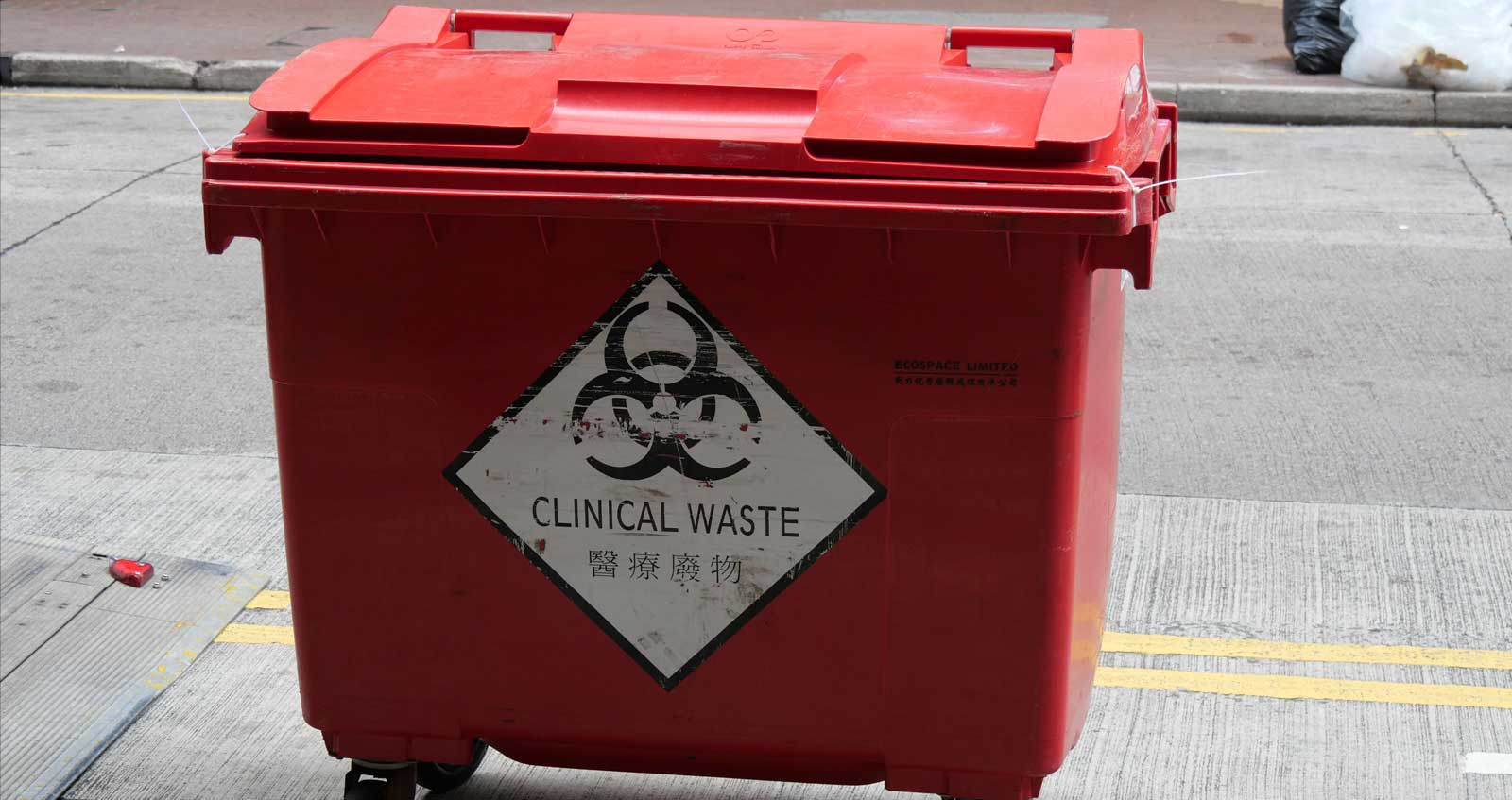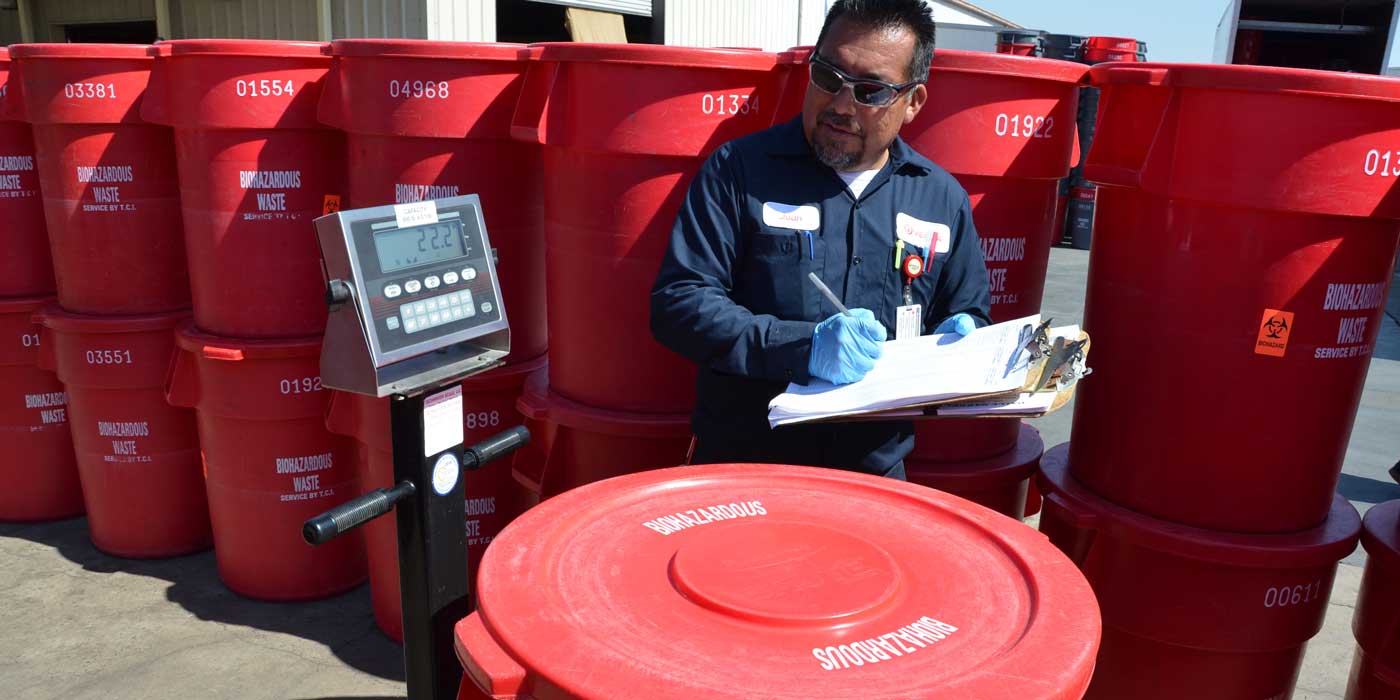Regional Dedication: Your Community's Leading Medical Waste Removal Near Me
Checking Out Various Waste Disposal Options for a Cleaner Environment
In the pursuit of a cleaner environment, the administration of waste disposal has actually arised as an important focal point for sustainable advancement. With a multitude of waste disposal alternatives offered, varying from typical landfill approaches to innovative waste-to-energy modern technologies, the choice of just how we manage our waste has far-ranging implications for our planet's wellness.
Recycling Techniques
Executing reliable recycling techniques is essential in decreasing waste and advertising sustainability in our atmosphere. Recycling includes the process of transforming waste materials right into multiple-use things to protect against unneeded disposal. Among one of the most usual recycling approaches is worldly recovery, where materials like paper, metal, glass, and plastic are gathered, arranged, and processed to develop brand-new items. This procedure not just saves all-natural resources yet also decreases power usage and greenhouse gas discharges related to generating new materials from the ground up.
One more essential recycling method is composting, which involves disintegrating natural waste like food scraps and yard trimmings into nutrient-rich dirt. By including these various reusing approaches into our waste administration techniques, we can dramatically decrease our environmental impact and relocate in the direction of a much more sustainable future.

Composting Methods
Efficient waste management methods, such as reusing approaches, lead the way for a cleaner setting, and currently, moving the focus to 'Composting Techniques', we discover sustainable methods to disintegrate natural waste for ecological advantage. medical waste removal service.
Composting is a natural process that changes organic waste, like food scraps and backyard trimmings, right into a nutrient-rich dirt change. The secret to successful composting depends on developing the best balance of eco-friendly products, such as vegetables and fruit scraps, and brownish products, like dried fallen leaves and branches. These products decompose with the help of bacteria, damaging down the waste into valuable compost.
There are various composting methods readily available to suit various demands. Traditional backyard composting involves layering organic products in a container or heap and on a regular basis transforming the blend to freshen it. Vermicomposting, on the other hand, makes use of worms to damage down raw material right into compost (click here). For those with limited space, indoor composting systems provide a practical option. By utilizing composting methods, we can reduce the quantity of waste sent out to landfills while producing a beneficial item for improving dirt and sustaining plant growth.
Incineration Advantages And Disadvantages
Incineration, as a waste disposal method, offers both benefits and downsides that merit careful consideration in the realm of lasting waste administration practices. On the positive side, incineration can significantly minimize the volume of waste, reducing the need for land fill area and potentially reducing greenhouse gas discharges. Incineration also enables the recuperation of power through the generation of electrical power or heat, adding to source recuperation. Furthermore, the process can be used to damage harmful compounds, supplying a secure approach for dealing with specific types of waste that might pose threats to public health and wellness and the environment if left unattended.
Additionally, the high initial investment and operational expenses of incineration centers pose economic challenges, making it a much less cost-effective alternative contrasted to other waste administration strategies. Cautious tracking and regulation are important to mitigate these negative influences and maximize the benefits of incineration as part of a comprehensive waste administration method.
Landfill Monitoring Techniques
Land fills play an essential role in waste administration and environmental conservation by giving a containment system for the disposal of solid waste materials. Reliable landfill management approaches are vital to minimize environmental effects and make sure the long-lasting sustainability of these garbage disposal websites. One crucial technique is appropriate waste compaction to make best use of the usage of readily available room within the land fill (click here). By condensing the waste, the volume is decreased, enabling even more waste to be accommodated over time.
Furthermore, the implementation of day-to-day cover methods is vital in minimizing odors, stopping litter, and minimizing the attraction of pests. Treatment the disposed waste at the end of every day helps to consist of smells and stop possible ecological contamination. Furthermore, the monitoring of land fill gas emissions and leachate degrees is vital in making certain that environmental criteria are fulfilled and that any type of potential risks to bordering environments are lessened.

Waste-to-Energy Technologies
Among the cutting-edge strategies to throw away administration entails harnessing Waste-to-Energy technologies to convert solid waste right into useful energy resources. Waste-to-Energy (WtE) technologies encompass an array of procedures that intend to draw out power from waste products with thermal, chemical, or biological means. This conversion process not just reduces the volume of waste that ends up in land fills yet also generates beneficial power sources such as electrical energy, warmth, or biofuels.
There are numerous techniques of Waste-to-Energy conversion, including incineration, pyrolysis, and gasification. Incineration includes melting waste at high temperatures to generate warmth and power. Gasification converts waste into a syngas, which can be made use of for power generation or chemical manufacturing. Pyrolysis breaks down organic products utilizing high temperatures in the lack of oxygen, creating char, gas, and bio-oil.
Implementing Waste-to-Energy modern technologies can assist minimize ecological issues related to conventional garbage disposal techniques while simultaneously giving a renewable resource resource. However, cautious consideration needs to be offered to discharges control and ensuring the sustainability of feedstock materials for these technologies to be really beneficial for a cleaner atmosphere.

Verdict
To conclude, exploring different waste disposal choices such as reusing, composting, incineration, land fill management, and waste-to-energy technologies is vital for promoting a cleaner atmosphere - click here. Each technique has its own benefits and challenges, however by making use of a combination of these methods, we can function in the direction of lowering the amount of waste that winds up in garbage dumps and inevitably add to an extra lasting future for generations to come
With a wide range of waste disposal choices offered, ranging from standard garbage dump techniques to ingenious waste-to-energy modern technologies, the choice of how we handle our waste has significant ramifications for our world's wellness. medical waste removal.Incineration, as a waste disposal method, offers both advantages and disadvantages that warrant mindful factor to consider in the world of lasting waste management practices.Landfills play an important function in waste management and ecological preservation by supplying a control system for the disposal of solid waste products. By compacting the waste, the volume is decreased, permitting for even more waste to be site link fit over time
One of the ingenious methods to squander monitoring entails taking advantage of Waste-to-Energy modern technologies to transform solid waste right into functional energy sources.